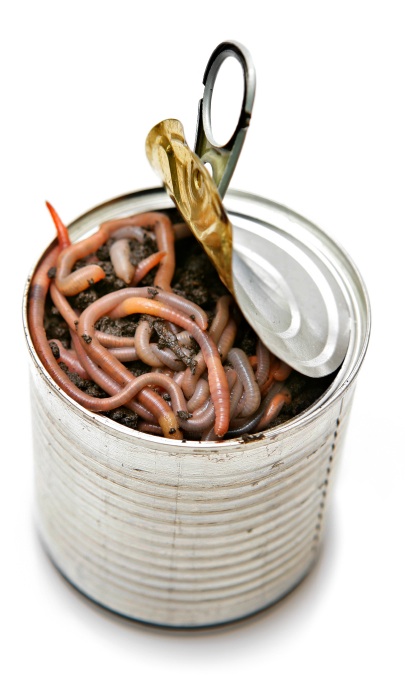D_C71
Filing Flight Plan
- Joined
- Mar 28, 2009
- Messages
- 21
- Display Name
Display name:
D_C
When I began initial flight training, before I was solo'ed, my instructor taught me forward-slips as another tool during approach to landing.
The training aircraft was a Cessna 152. When I later transitioned to a 1973 Cessna 172 for Instrument instruction, (though not a part of instrument instruction) forward-slips with flaps were still Ok per my instructor in this aircraft.
I didn't fly from mid-April 2006 'til August 2007, but when I did (at another flight school) I was told that Forward-Slips with Partial or particularly Full-Flaps applied, were unsafe in Cessna 172's.
In May of 2008 (during my Tailwheel-Endorsement and Instrument Proficiency Check to re-establish my Instrument currency training - C-170B and C-172) I encountered two more CFI's at another flight school (in Fullerton, CA) that prohibited Forward-Slips with Flaps as well (said it was unsafe.)
I looked this up recently on AOPA's website and found numerous articles, both Pro and Con, regarding Forward-Slips with Flaps and Cessna light, high-wing aircraft.
They acknowledged the earlier placarding advised against the practice, but said it was NOT an outright Prohibition.
The advocates of the practice say the risks of inadvertent stall, spin, etc, are exaggerated.
Forward-Slips are taught and demonstrated during Private and Commercial practical tests (checkrides) upon request of the FAA designated examiner.
In practice, I used to use the FS technique frequently and never experienced any problems, but perhaps I was just lucky?
I would really like to keep this tool available in my repertoire, but not if it is truly unsafe. If it is (basically safe) what "Proof" do I supply to an Instructor I meet to convince him/her that it IS safe in a Cessna?
I printed out the AOPA articles, this being one of the more recent:
http://www.aopa.org/members/ftmag/article.cfm?article=7591
Depending on the model-year, there is often literature in the POH on the subject.
Oh well, what are your thoughts/opinions on the subject?
The training aircraft was a Cessna 152. When I later transitioned to a 1973 Cessna 172 for Instrument instruction, (though not a part of instrument instruction) forward-slips with flaps were still Ok per my instructor in this aircraft.
I didn't fly from mid-April 2006 'til August 2007, but when I did (at another flight school) I was told that Forward-Slips with Partial or particularly Full-Flaps applied, were unsafe in Cessna 172's.
In May of 2008 (during my Tailwheel-Endorsement and Instrument Proficiency Check to re-establish my Instrument currency training - C-170B and C-172) I encountered two more CFI's at another flight school (in Fullerton, CA) that prohibited Forward-Slips with Flaps as well (said it was unsafe.)
I looked this up recently on AOPA's website and found numerous articles, both Pro and Con, regarding Forward-Slips with Flaps and Cessna light, high-wing aircraft.
They acknowledged the earlier placarding advised against the practice, but said it was NOT an outright Prohibition.
The advocates of the practice say the risks of inadvertent stall, spin, etc, are exaggerated.
Forward-Slips are taught and demonstrated during Private and Commercial practical tests (checkrides) upon request of the FAA designated examiner.
In practice, I used to use the FS technique frequently and never experienced any problems, but perhaps I was just lucky?
I would really like to keep this tool available in my repertoire, but not if it is truly unsafe. If it is (basically safe) what "Proof" do I supply to an Instructor I meet to convince him/her that it IS safe in a Cessna?
I printed out the AOPA articles, this being one of the more recent:
http://www.aopa.org/members/ftmag/article.cfm?article=7591
Depending on the model-year, there is often literature in the POH on the subject.
Oh well, what are your thoughts/opinions on the subject?





